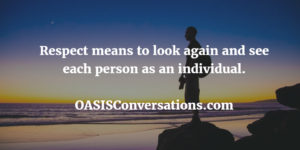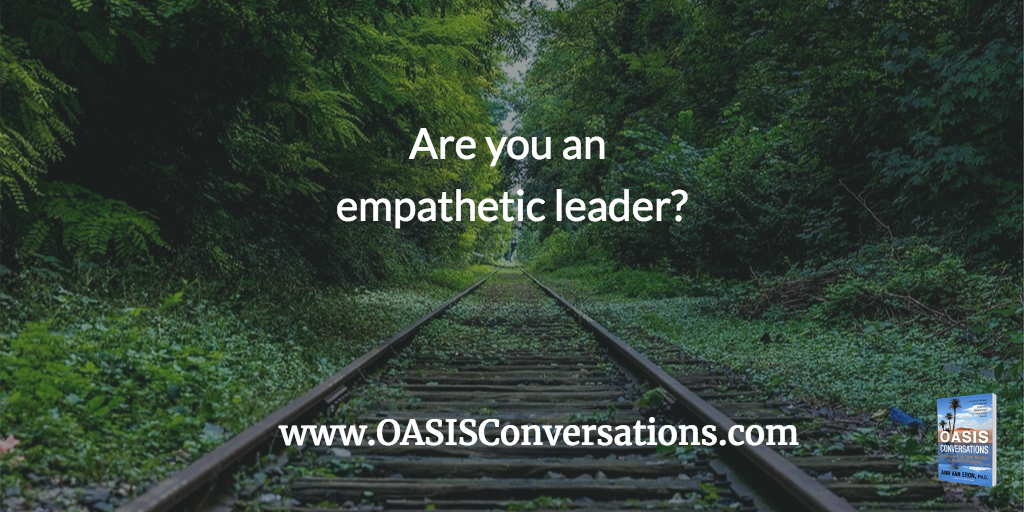
“When you show deep empathy toward others, their defensive energy goes down, and positive energy replaces it. That’s when you can get more creative in solving problems.” –Stephen Covey
A leader in a large organization told me that she and her team were experiencing malaise and frustration. The organization had a new person at the top with a new vision. This new strategy translated into a different emphasis on their part of the business and they were expected to practically double their outcome without additional resources. To make matters worse, a few key people on the team had recently left the organization.
I worked to give the leader empathy first. It was a difficult situation and each person on the team was handling the stress differently. After calming down, the leader realized that she needed to support her team. She decided to gather them together and share with them her own frustration with the system yet her excitement about what they could create. However, she needed to find a way to first regain her own energy and vision to support the team. Once she managed her own fears and frustration through our conversation, she was able to focus on the team. She realized that she needed to give her team members empathy and provide them the space they needed to express their emotions.
My client went on to do this. And she helped her team to reconnect to their compelling vision. They aligned on their mission again and this provided them with a renewed vigor. A lot of energy is gained when we recall our vision and purpose.
Renewed vigor led to looking for solutions. How could they meet their new goals? How could they ask for more resources or feel comfortable with doing their best and not meeting the unrealistic goals? In this case, they were able to speak and collaborate with another leader and team and receive help toward their goal. My client emerged with new energy herself and the satisfaction of seeing her team mobilize to achieve a compelling vision.
A leader must recognize her emotions and calm down in order to support her team in expressing their emotions, which opens the doors of possibilities and solutions. Then it is useful to share and develop together a compelling vision that is motivating and leads to the removal of obstacles and gaining support. It is not easy to be a leader, but it is rewarding.
Are you managing yourself, supporting your team by giving them empathy, sharing a compelling vision and solving challenges together? How is it going?
Feel free to contact us to learn more about using the OASIS moves in leadership positions to provide empathy and reinvigorate your team.

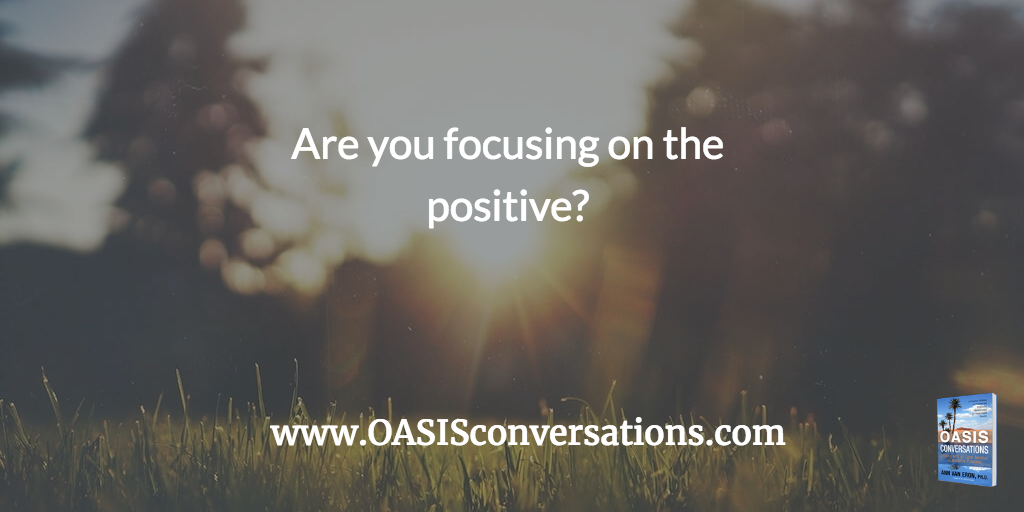 It is our nature to notice what is not working and what we don’t have. We are wired with a negativity bias and we naturally find the black spot, flaw or error. Unfortunately, we can easily fall in the pattern of pointing out mistakes and problems. Life can often seem like a big problem. Of course, there are always going to be challenges and suffering. It is our human condition.
It is our nature to notice what is not working and what we don’t have. We are wired with a negativity bias and we naturally find the black spot, flaw or error. Unfortunately, we can easily fall in the pattern of pointing out mistakes and problems. Life can often seem like a big problem. Of course, there are always going to be challenges and suffering. It is our human condition.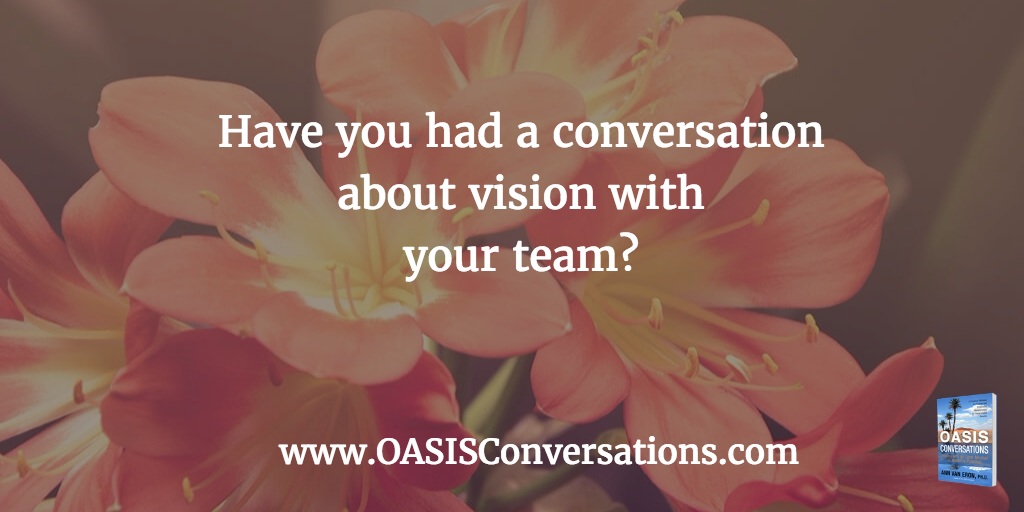
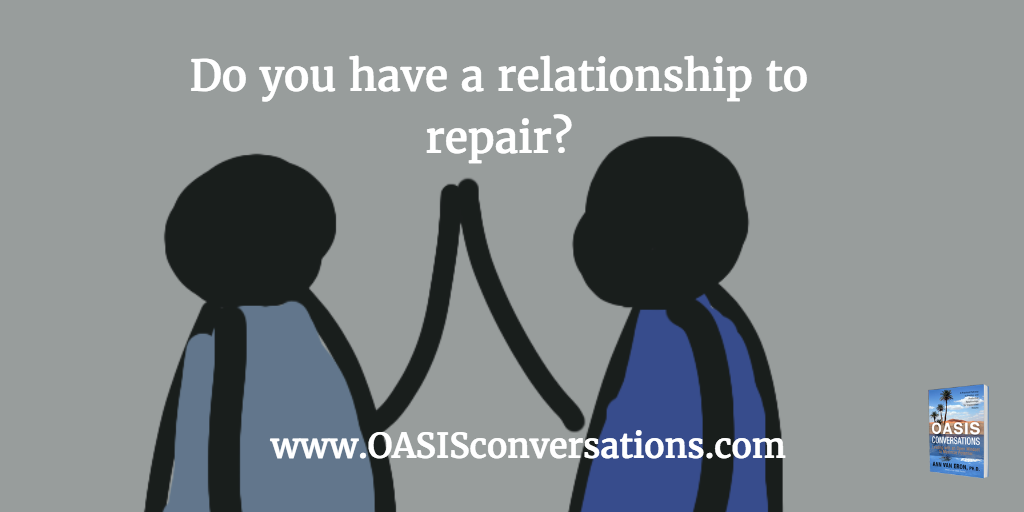
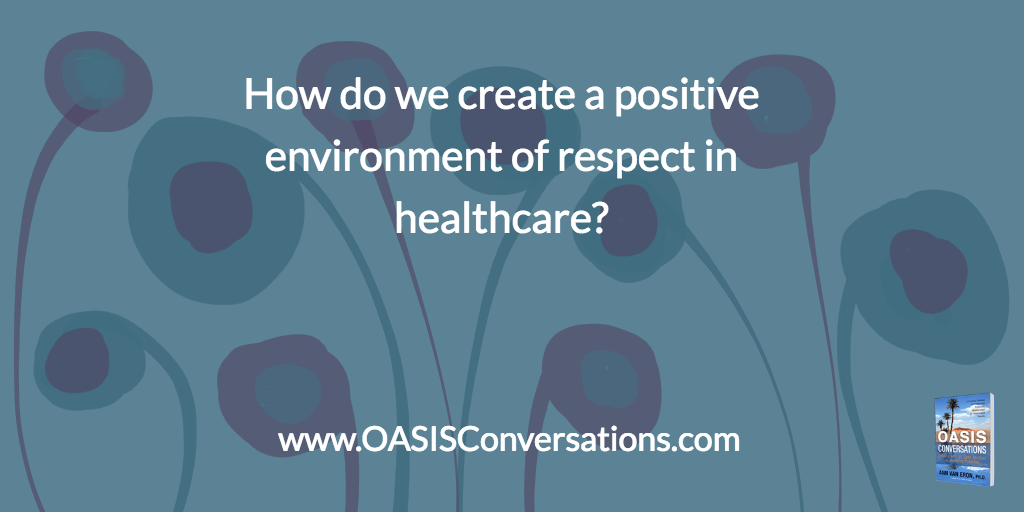

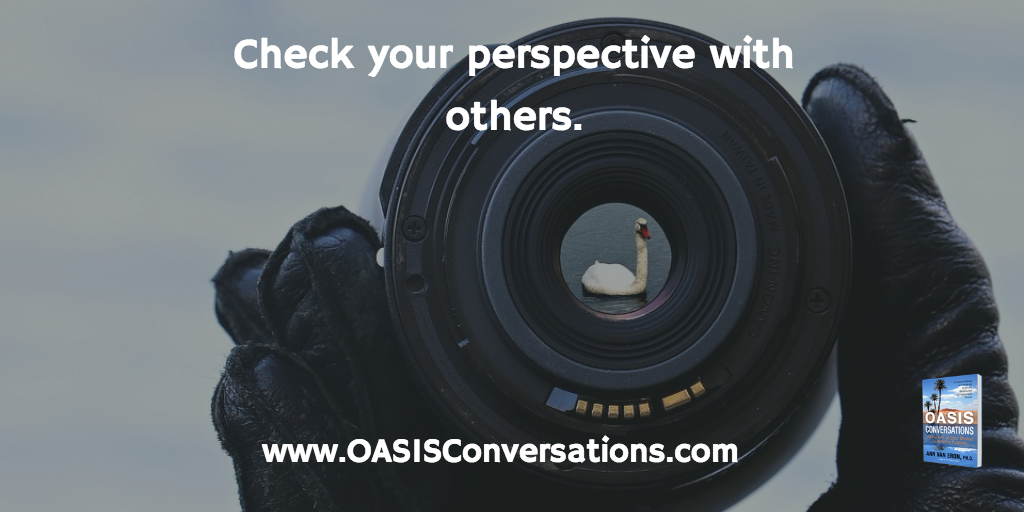 Even when our intentions are positive, we only see our perspective. A new principal saw how hard the high school students were working and wanted them to have a break and a “real” holiday. She wrote a note to all teachers telling them not to schedule tests or papers due the week after a holiday. She wanted the students to be able to take a real break. However, her goodwill gesture was not received with joy by all. Many teachers were upset since they had a curriculum they were following and then decided to test the kids prior to the vacation. The students and parents complained that they ended up having many tests and papers due prior to the break. Other administrators complained because they ended up proctoring tests late into the evening prior to the holiday.
Even when our intentions are positive, we only see our perspective. A new principal saw how hard the high school students were working and wanted them to have a break and a “real” holiday. She wrote a note to all teachers telling them not to schedule tests or papers due the week after a holiday. She wanted the students to be able to take a real break. However, her goodwill gesture was not received with joy by all. Many teachers were upset since they had a curriculum they were following and then decided to test the kids prior to the vacation. The students and parents complained that they ended up having many tests and papers due prior to the break. Other administrators complained because they ended up proctoring tests late into the evening prior to the holiday.